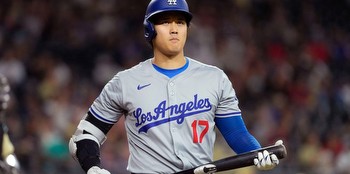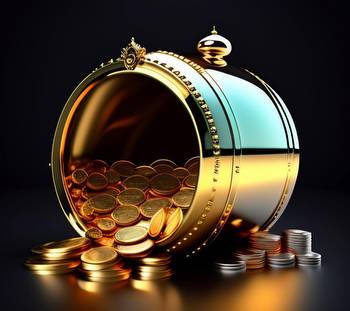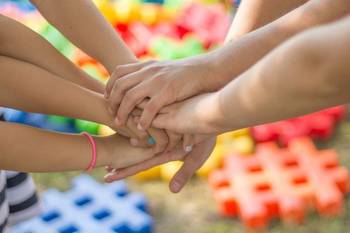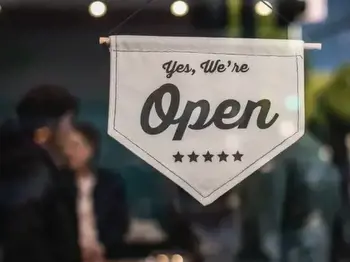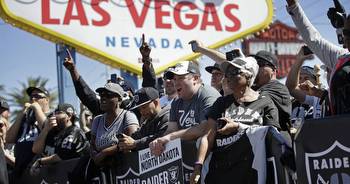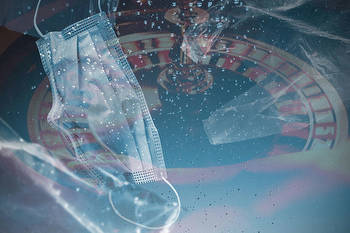LAFC’s Bale deal and why they had to pay Inter Miami for his ‘discovery rights’

Gareth Bale’s move to Los Angeles FC has caught plenty of people by surprise.
Linked with a move to Cardiff CityReal Madrid, Bale has instead joined the team that are top of the MLS Western Conference.
So, for those who don’t follow MLS closely, who are LAFC? How much will the deal cost them? Why did David Beckham’s Inter Miami receive a payment from LAFC as part of Bale’s move? And when might he make his debut?
Paul Tenorio explains all this — and more…
I remember when David Beckham went to LA Galaxy, but who are Los Angeles FC?
LAFC are an MLS expansion team that played their first season in 2018. They hired former U.S. national team and Swansea City head coach Bob Bradley as their first manager and their first signing was former Arsenal and Mexico striker Carlos Vela. They also have several celebrity owners, including actor Will Ferrell, NBA hall of famer Magic Johnson, U.S. women’s national team legend Mia Hamm and her husband, former baseball star Nomar Garciaparra.
LAFC have been among the league’s better teams since launching, finishing top in 2019 and leading the way again this season. Their success has helped them gain an immediate foothold in Los Angeles despite the Galaxy’s 22-year headstart. Another important factor is that LAFC play at Banc of California Stadium in downtown Los Angeles (the Galaxy play at Dignity Health Sports Park about 12 miles south, in Carson, California). They regularly sell out home matches, averaging about 22,000 fans per game.
Their current coach is former Hannover 96 and U.S. men’s national team defender Steve Cherundolo, and Juventus legend Giorgio Chiellini will join the club along with Bale this summer.
Why did LAFC have to pay Inter Miami $75,000 for Bale’s “discovery” rights? Surely Beckham wasn’t the only person in America to know of Bale before now?
MLS operates as a “single-entity” league, which means all the teams are part of the umbrella company of Major League Soccer. When players sign with an MLS team, their contract is actually with MLS and not with that specific team. As a part of that single-entity structure, the league wants to avoid competition between MLS teams for the same player that could drive up the price, because it would essentially be MLS negotiating against itself. To attempt to avoid that type of competition in the transfer market, MLS created something called a “discovery list”, where each team can place up to seven players. If a player is on Team X’s list, Team Y must negotiate directly with Team X for those rights.
It is an antiquated function of the league’s rules. In an anonymous survey of MLS sporting directors, the majority chose the discovery rule as the most annoying in MLS.
“What the league is trying to avoid is still happening,” one executive said. “There are still auctions to sign players.”
What does it mean to be a “designated player”?
When Beckham joined Galaxy in 2007, the league had to create a rule that would allow clubs to sign players on wages higher than MLS’ salary cap. Thus came the designated player, then dubbed “The Beckham Rule”. Today, MLS teams are allowed to sign three designated players without regard to the salary cap, which stands at $4.9 million. Those players fit into a designated player slot, which has a maximum salary budget charge of $612,500 (or $200,000 or $150,000 if said player is 21-23 or 20 or younger) regardless of what the player is actually paid.
There are other ways to spend above that cap — general allocation money, targeted allocation money and under-22 player initiative slots. Targeted allocation money is relevant in this case because Bale did not sign as a designated player.
So what is “targeted allocation money”? And why is Bale going to be paid so little in the first year of his contract?
Because Bale did not sign as a designated player, he must fall under a roster designation that, in MLS parlance, we refer to as “targeted allocation money” (TAM). Under this designation, he is only allowed to make a maximum of $1 million above the maximum budget charge on a roster, which is $612,500. Therefore, Bale’s maximum possible salary was $1.6125 million. But budget charges also take into account things like agent fees, which is probably why the LA Times reported Bale’s salary on his one-year deal to be $1.3 million.
Allocation money exists, essentially, as a way to create both an internal transfer market (or trade market, as it were, in American sports) and extra budget space above the $4.9 million cap. The league started with just general allocation money (GAM), which is essentially a league-funded accounting currency that can be used to buy down players’ respective cap charges — think of it less as cash and more as extra salary cap space. Teams can acquire allocation money through trades or by selling players in the international market — teams that sell a player can convert up to $1.1 million of that real cash into GAM to expand their cap space. Each team was also given a sum of $1.525 million in general allocation money at the start of this season by the league.
In 2015, the league introduced TAM as a way to try to improve the level of play in MLS. The league determined it needed more balance in its roster between the designated players, who were making millions of dollars, and the rank and file, most of whom were making a few hundred thousand or less. But the league wanted to keep control of how the teams spent that money, so they created this new form of allocation money, TAM, which could only be used on players making between the maximum budget charge and $1 million more than the maximum budget charge. The purpose is to increase the number of quality players in MLS by forcing teams to shop in a market for players who make, this year, between $612,500 and $1.6125 million.
Each team in MLS has up to $2.8 million in TAM that they can spend per season. Whereas GAM is a mandatory spend — it has an expiration date and teams will use or trade all of it — TAM cannot be traded within the league because it is completely discretionary and funded out of the owner’s pocket. Teams are not required to use it or use all of the $2.8 million; they can opt in and then essentially purchase it with actual cash from the owner.
How can anyone understand all of this, and why does MLS do things this way?
There are calls within MLS to adapt to how much the league has grown by simplifying the roster rules and giving teams more autonomy in how they spend their money — a simple floor and a ceiling that would remove buckets like GAM and TAM — but so far the league has been resistant.
The design of these rules was based around fiscal prudence — slow, steady growth that would avoid the type of spending that collapsed the old NASL — but the league is at a point now where the vast majority of the teams are owned by billionaires and there is a level of permanence that never before existed in American soccer; namely, the stadia and training facilities that have been built for billions of dollars, collectively, around the league.
There is a sense the league is ready for growth in its rulebook that will better align it to the growth of the game and the league, but so far, any changes have only created more rules instead of simplifying the system.
Until those changes actually happen, hang on to this MLS glossary.
Will Bale have a chance to eventually buy an MLS team as Beckham did?
MLS commissioner Don Garber has said that the league will never again grant the rights to an expansion franchise as part of a player’s contract. That makes sense. When Beckham was given the option in his contract to buy an MLS team for $25 million, Real Salt Lake’s expansion fee two years earlier was $10 million. When Charlotte joined MLS this season, owner David Tepper paid an expansion fee of $325 million. That figure is indicative of the growth of the league in this country over the past 15 years.
So no, Bale does not have that option built into his contract.
When will Bale make his debut?
He will be eligible to play as soon as the MLS secondary transfer window opens on July 7 and the transfer can be made official. LAFC will play the next night against their crosstown rivals, the LA Galaxy, on July 8.
(Top photo: Gareth Bale/Twitter)








